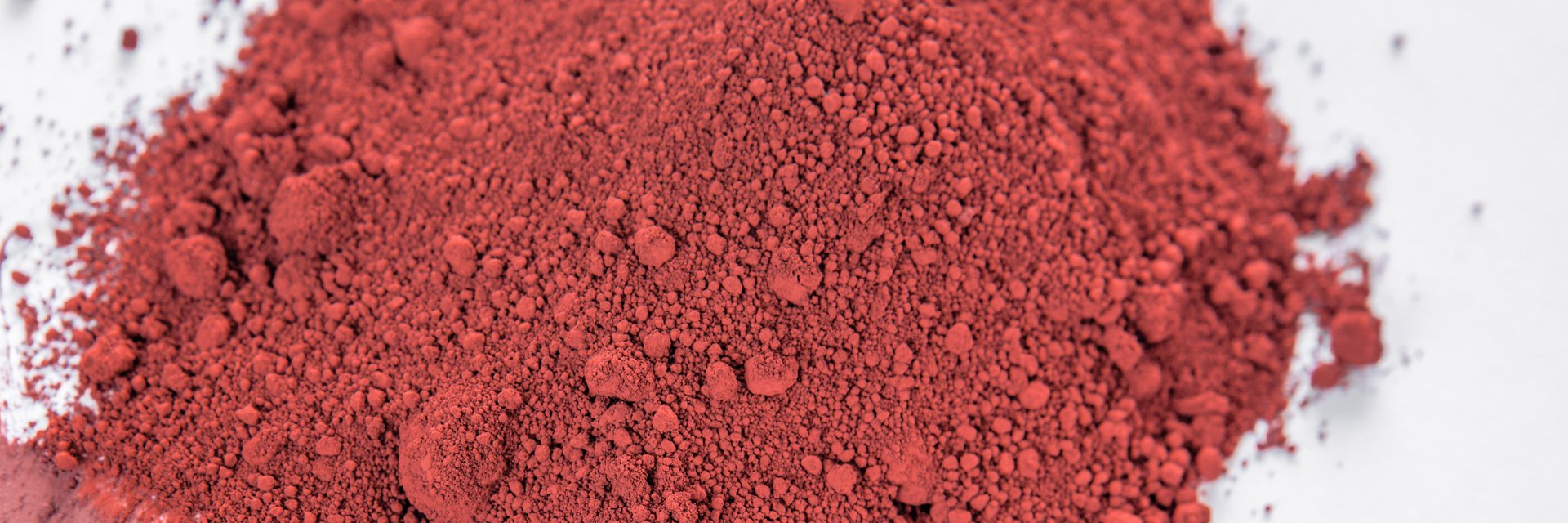Reduction in Rotary Kilns – Application and Relevance
For reduction-reactions in rotary kilns, there are a number of such reducing agents; the more common ones being Hydrogen, Carbon, gaseous hydrocarbons and carbon monoxide. Ammonia and hydrogen sulfide are used, as well. Because the moving rotary kiln-tube requires a seal to the stationary material inlet- and outlet-housings, ensuring the reaction atmosphere can be a challenge.
Prominent examples for reduction-reactions in rotary kilns can be found in ore-processing or the production of powder metals and catalysts. It is the reduction process enabling the transformation of a metal oxide into the catalytically active target material, e.g. for palladium, platinum, or ruthenium catalysts in industrial applications.
At IBU-tec, valuable experience coupled with essential equipment deliver the perfect environment for reduction-processes in rotary kilns, making forming gas-reductions possible. Moreover, we already conducted projects utilizing hydrogen and even ammonium atmospheres.
If you are looking for support with projects involving reduction in rotary kilns, we will be happy to advise you!

